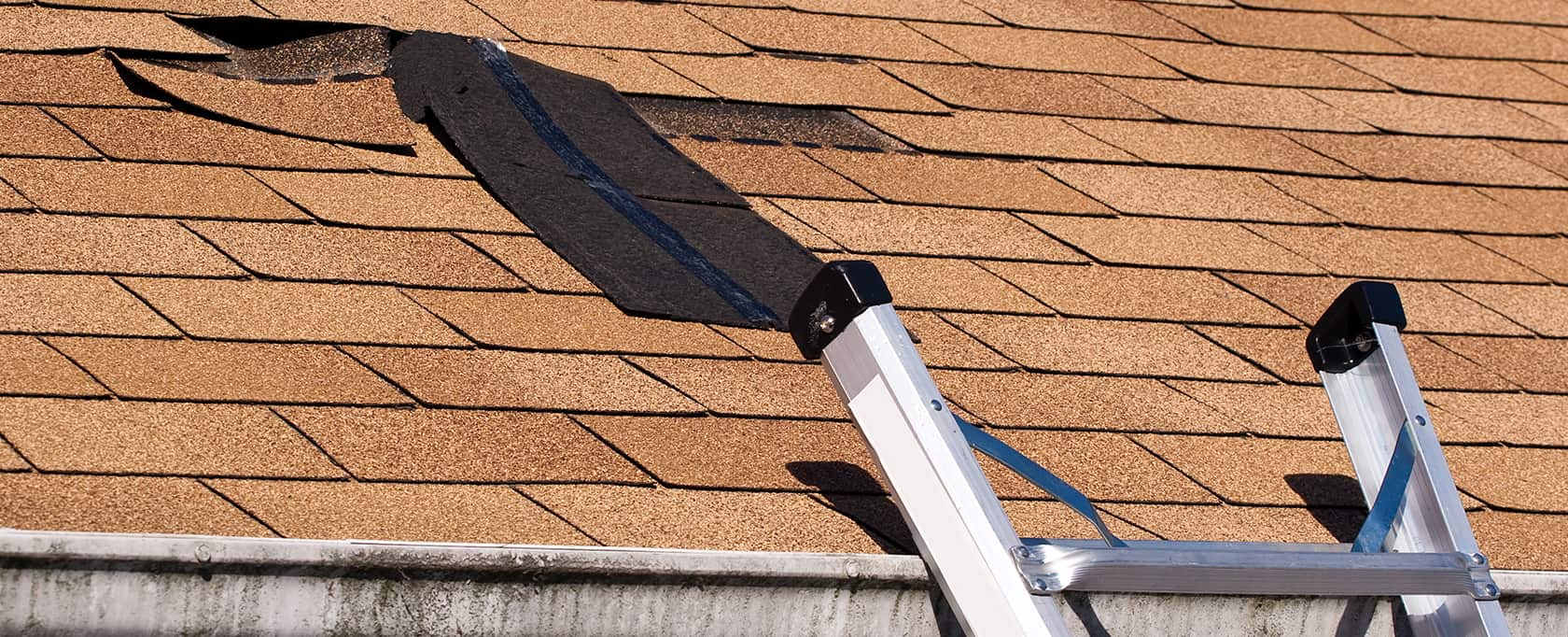So you’ve reported roof damage to your home insurance company. Now what?

How is roof damage evaluated?
We send a field adjuster to your property to examine the roof surface to determine if there is damage and, if so, the cause of the damage.
What happens if a roofer says the roof is damaged and the field adjuster says it is not?
If you alert us to the conflicting opinions, we will likely send an expert out to your property to inspect the roof to get a fresh assessment of the roof to see if we can resolve the conflict. We will also request a copy of the roofer’s report indicating the roof is damaged. Be cautious of roofers going door-to-door offering to assess your roof. Their motivation is to sell you a new roof and not necessarily assess whether you actually have damage covered by your insurance policy. Bottom Line: If they do not sell you a new roof, they do not make money.
Is the field adjuster always able to make that determination from their first visit?
No. Sometimes a further inspection is required to assess the cause and nature of the damage. This is especially true in situations where the roof is older and close to the end of its useful life. In this instance, we will likely retain the services of an engineer to inspect the roof.
Is roof damage always covered under an insurance policy?
No. A roof that requires repair or replacement because of age or wear and tear is generally not covered. Likewise, a roof that was improperly installed, has manufacturing defects, or has damage as a result of a lack of maintenance is generally not covered. However, ensuing losses may be covered.
Why do the inspectors use chalk on the roof?
There are standards for the assessment of roof damage which involve looking at a test section of the roof on each slope to determine the severity and nature of damage. The inspectors use chalk to define each test section and mark identified damage in the test section. That information is then applied to the balance of the slope of the roof to provide an assessment of the whole roof.